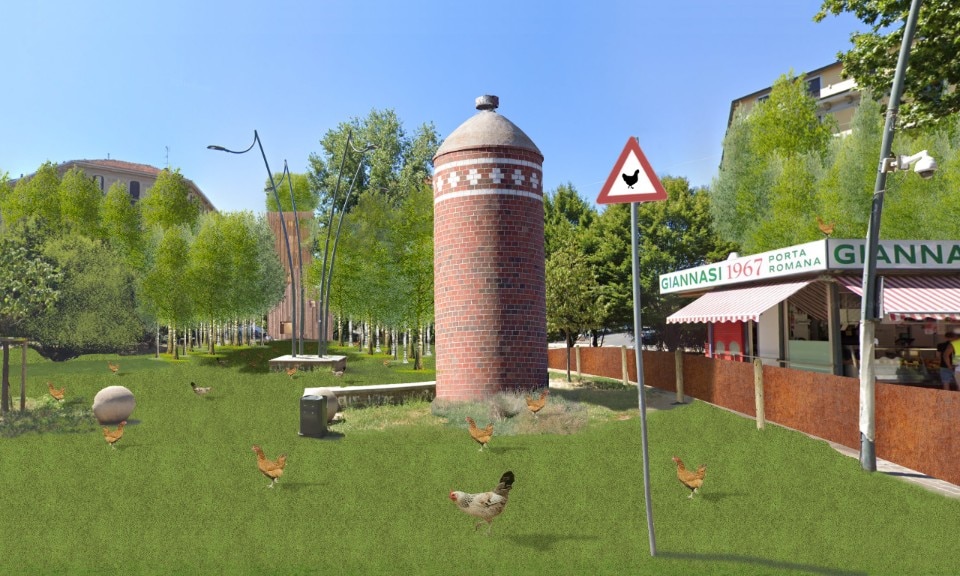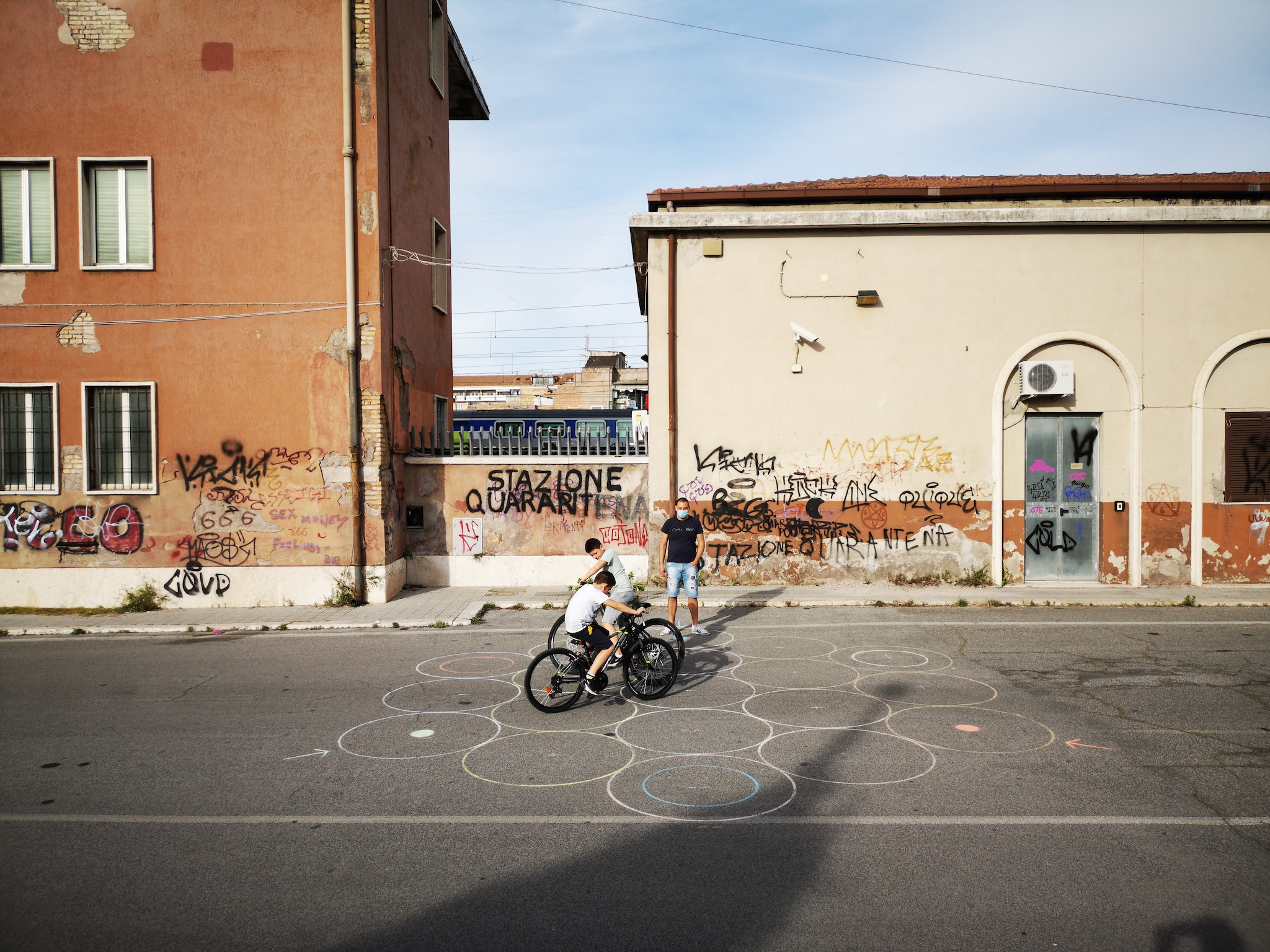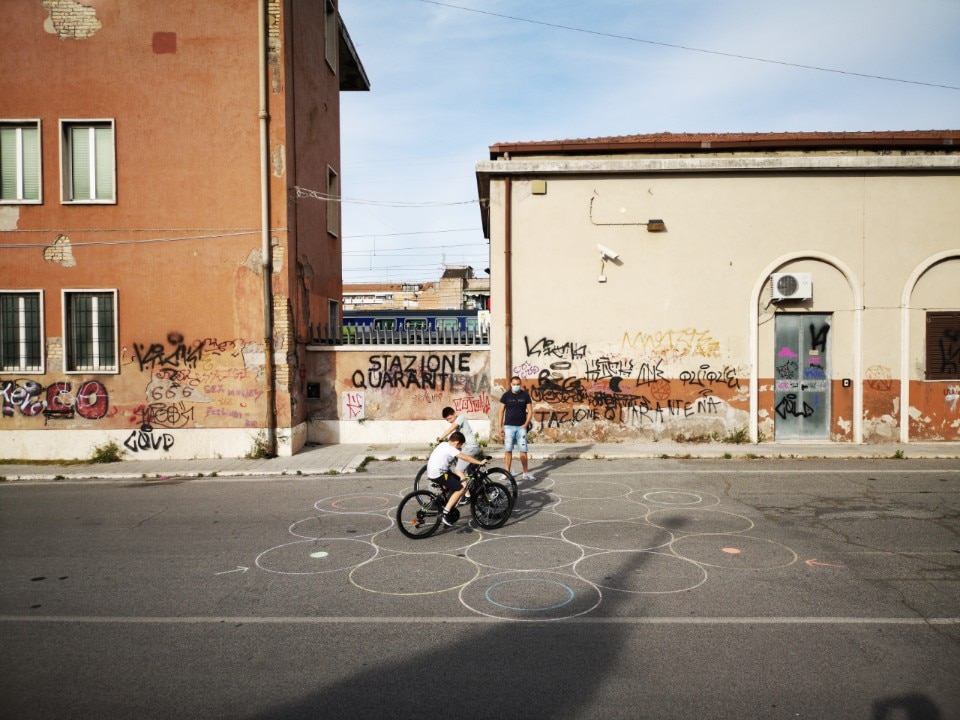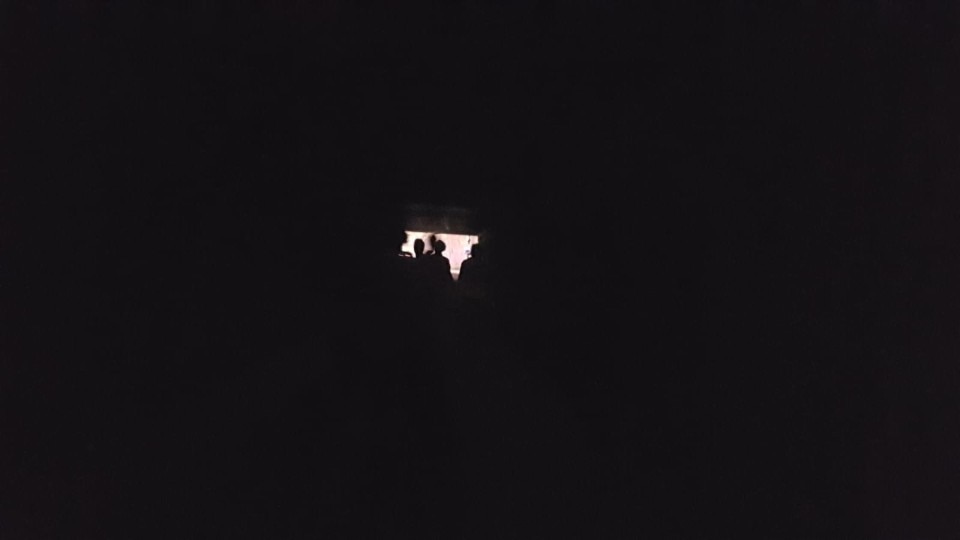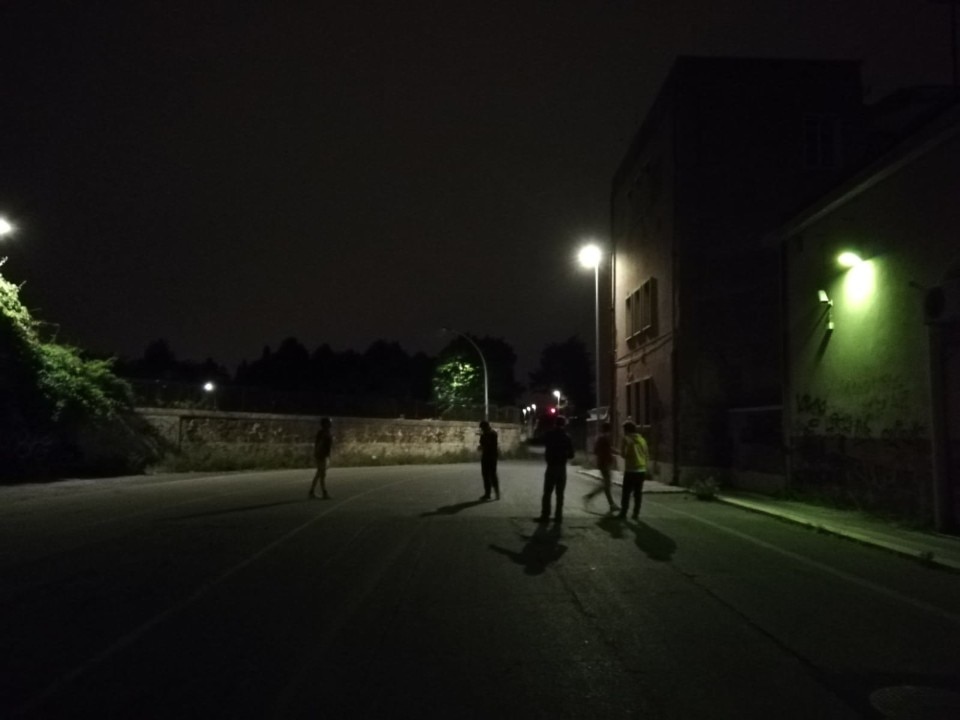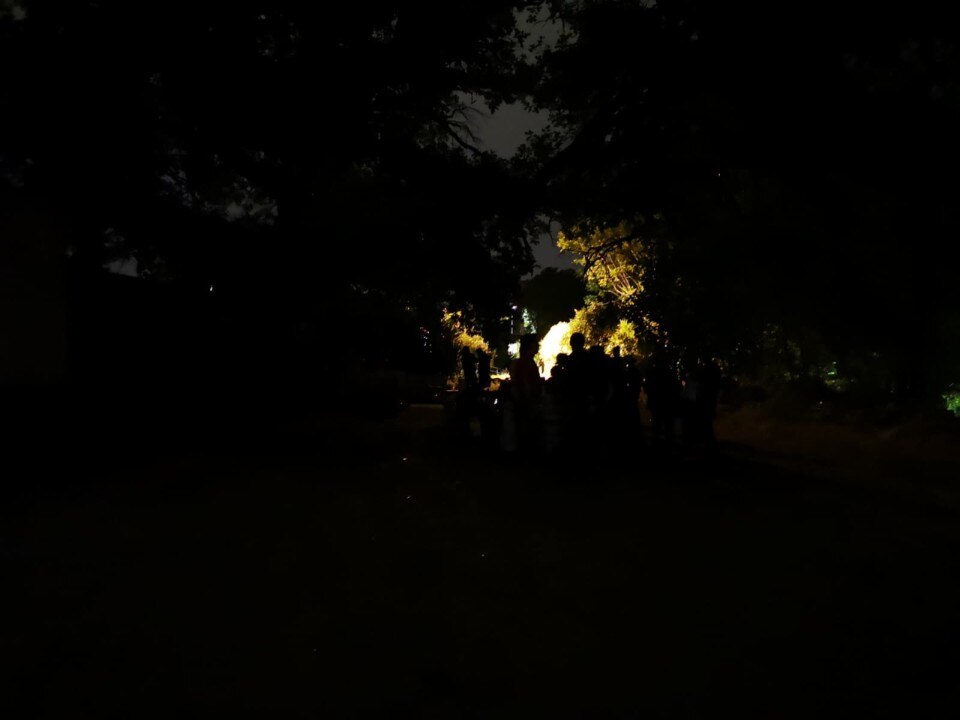Degraded, rough, ill-famed – these are just some of the adjectives that have been used over the decades to describe Via del Mandrione, the Roman street that in 1943 welcomed the evacuees of the bombing of S. Lorenzo and their barracks, which were later set up against the arches of the Felice Aqueduct. Via del Mandrione is a marginalized area in the beating heart of the Dolce Vita city – the city to which Pasolini dedicated part of his Corsair Writings, and that fascinated Moravia, Rossellini, Parise, and part of the most varied and articulated intelligentsia of the capital. Since 2018, Via del Mandrione, which links the Pigneto neighborhood to Via Tuscolana, has been closed to traffic because it was at risk of collapse. This is where Orizzontale decided to resume its work after the lockdown: the Rome-based collective of architects had participated in the Journal with which Domus has told of life during the lockdown, between the beginning of March and mid-May of this year, when Covid-19 had forced us inside the walls of our house and public space had suddenly become hostile. Now, together with designer Teo Sandigliano and photographer Camilla Ferrari, Orizzontale ideally extends this experience by carrying out a new project similar to what they previously did – a creative relay race made possible by technology, which was a great and precious protagonist of the lockdown. Private and working life would not have been the same without the support of computers, which have been for months our only real windows on the world. For a month, the new HP Envy 15, a laptop designed primarily for creative professionals, has travelled all around Italy passing from hand to hand – and obviously being properly sanitized from time to time. During its journey from Orizzontale, to Teo, and finally to Camilla, HP Envy has represented the common thread that links the work of three creatives who were asked to re-imagine the city of the future by finding stimuli and inspiration in the work of those who preceded them and turning them according to their profession and sense of creativity into individual projects, which next to each other, once the relay race is over, make up a visionary symphony of our tomorrow.
Public space as a “gymnasium”
After the balconanza, or balcony life, described in the Journal by the Roman collective in the article “Postumi di una balconanza” (literally: The after-effects of a balcony life), Giuseppe Grant and Juan Lopez Cano from Orizzontale recount how it felt to go back to the public space after the suspension of normality caused by the lockdown and after the ideal hangover caused by living barricaded in a private space. The scenario chosen by Orizzontale to analyze the post-lockdown situation is Via del Mandrione, a nearby place that “is close to the studio and is close to home", and – since 2018, when the street was closed to traffic – has become “a bicycle and pedestrian corridor that could easily compete with the idyllic images of the projects carried out in the much-praised Northern Europe”. At the same time, it is one of the many untouched – “or, as we like to say today, wild” – spaces that Rome can offer. They start from the two questions, which have almost become programmatic points, that they have repeatedly asked themselves during the lockdown: the possibility of reconquering the spaces available for cementing relationships and engaging in convivial activities, and the role of art, music, cinema, and theater as a tool to strengthen neighborhood solidarity and bonding. The focal point is the conception of public space as a gymnasium, as Giuseppe Grant from Orizzontale explains, or rather as a “place of well-being, culture, and relationships”. Because Orizzontale believes that public space is, above all, a productive resource.
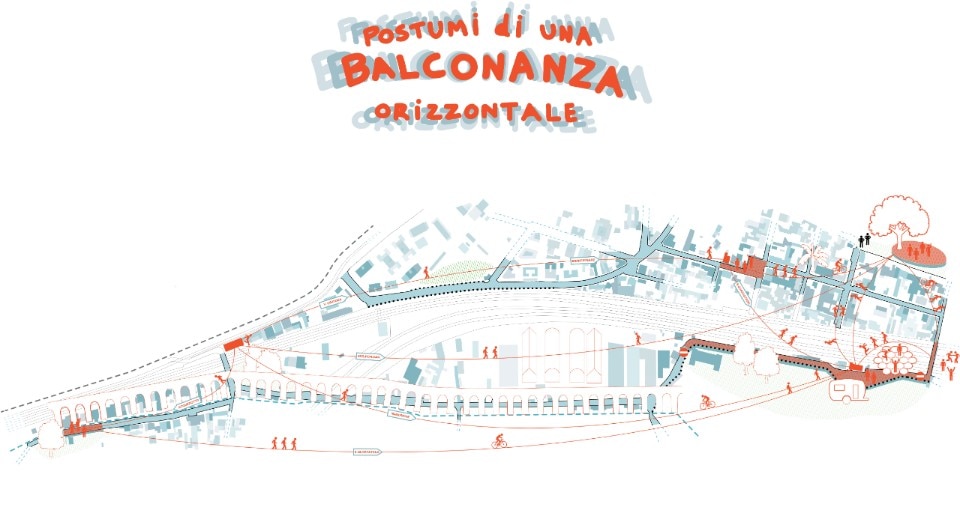
During dinner, some ideas are put forward and a first draft is prepared. From the balconanza up to today, Orizzontale’s work on the theme of post-pandemic public space and the imminent future of our cities has never stopped. After many conferences and publications, this project is a reflux of it and almost a way to get some closure. Thanks to the HP Envy 15, they create a draft on Word, and then they start working on the map – or “psychomap”, as Giuseppe Grant explains – on Illustrator that they can conveniently draw directly on the touch screen of the laptop. In the studio, the computer is also used for the music. Thus, a picture story is born: it starts at the beginning of “phase 2”, when “we went out on the street in search of our alleged ‘congiunti’”, then it quotes Shakespeare’s midsummer night’s dream, it talks about the conviviality of the Esquinita Peruana and the flashbacks experienced in the spaces of Stazione Quarantena, and it ends with the more with less approach proposed by Orizzontale, which, by reversing the factors of Van De Rohe’s famous minimalist mantra, turns into an awareness that “represents what we do and amplifies the little we have”, as Grant explains. Because the post-coronavirus city, according to Orizzontale, is not that different from what it was before. In short, “everything has changed, but maybe nothing has changed”. The problems are the same, but maybe nobody had thought about them before; the pandemic has re-centered our lives, “it has made us think about the times and the quality of work”.
Homeworking, a new way of working remotely, often in solitude, has brought us back home and closer to what is just around the corner – the neighborhood dimension, “the one that conforms the quality of your life”, as Orizzontale explains: mobility, nature, and easily accessible services are the crucial points with which local identity interacts with the city system, and with which the loneliness of the smart worker is dispersed in the “gymnasium” of public space; building it means welcoming people in what according to the collective of architects should be a virtuous circle that goes from well-being to quality of the space, and from quality of the space to well-being again. Did the neighborhood life, the dimension of our metropolitan future, replace the balconanza, which was a very special moment? For its new life, Via del Mandrione has become the symbol of something that goes even beyond life – it has become the symbol of the people who seek their well-being in the public place, finally freeing it of that sense of degradation and danger that the lockdown had given to it.
An agricultural village in the city center
The HP Envy 15 laptop and its precious content – Orizzontale’s work on the after-effects of the balconanza – flies from Rome to Milan to start a new stage of the creative relay race. I meet designer Teo Sandigliano in what locals like to call the Porta Romana district. We are sitting at a table in a former farmhouse on the ring road. After being abandoned for decades, this place has been transformed into a restaurant, pub, and guesthouse. There are many students and workers who spend their time here in front of a computer, between a coffee and a snack, surrounded by plants in a context that at first glance reminds me more of certain northern European cities rather than Italy. And somehow, even though our choice to meet right here was unintentional, this place seems to echo the very same project that Sandigliano is carrying out for the creative relay race: this former farmhouse tells of a past where “once this was all countryside”, and the provocation of the designer is “so why not go back to this?”.
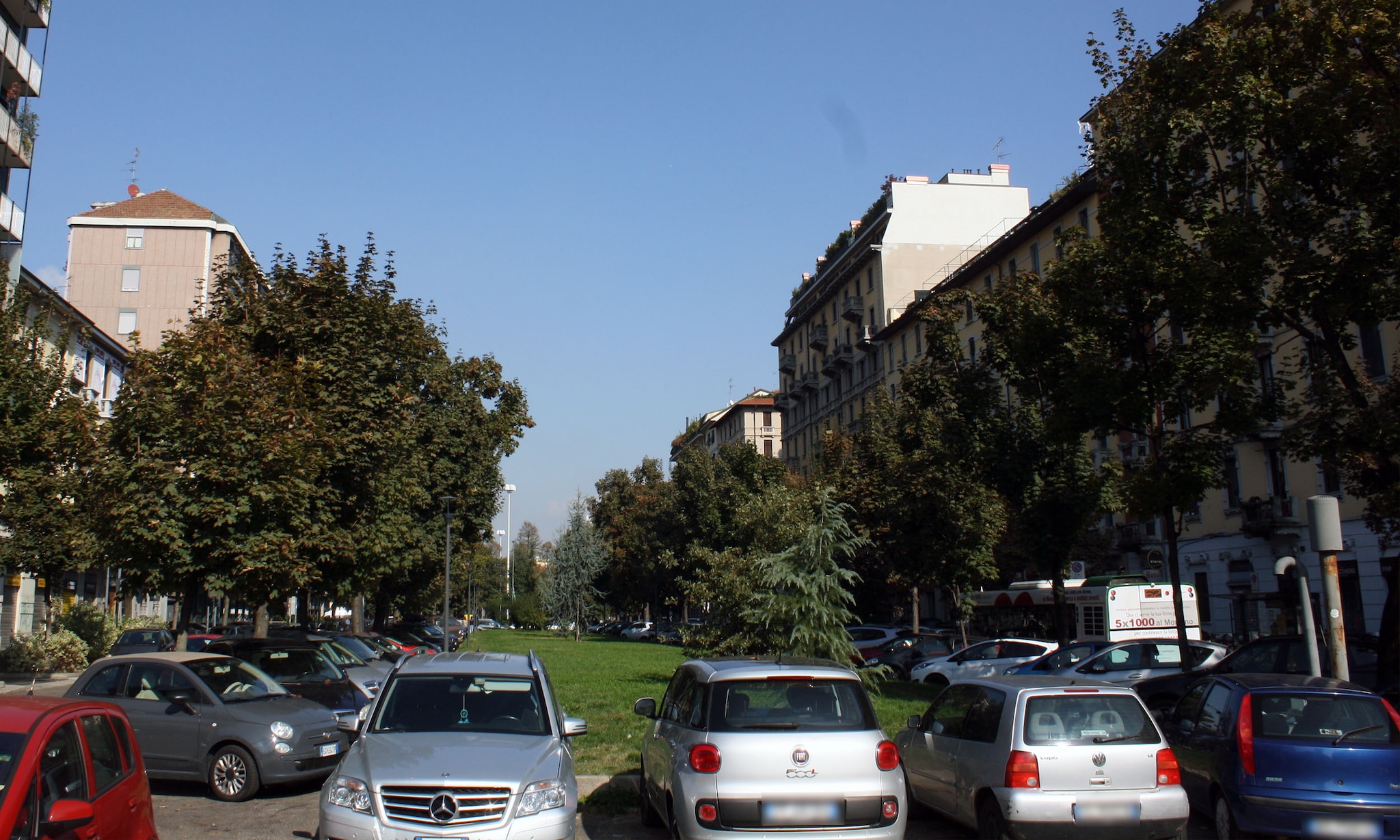
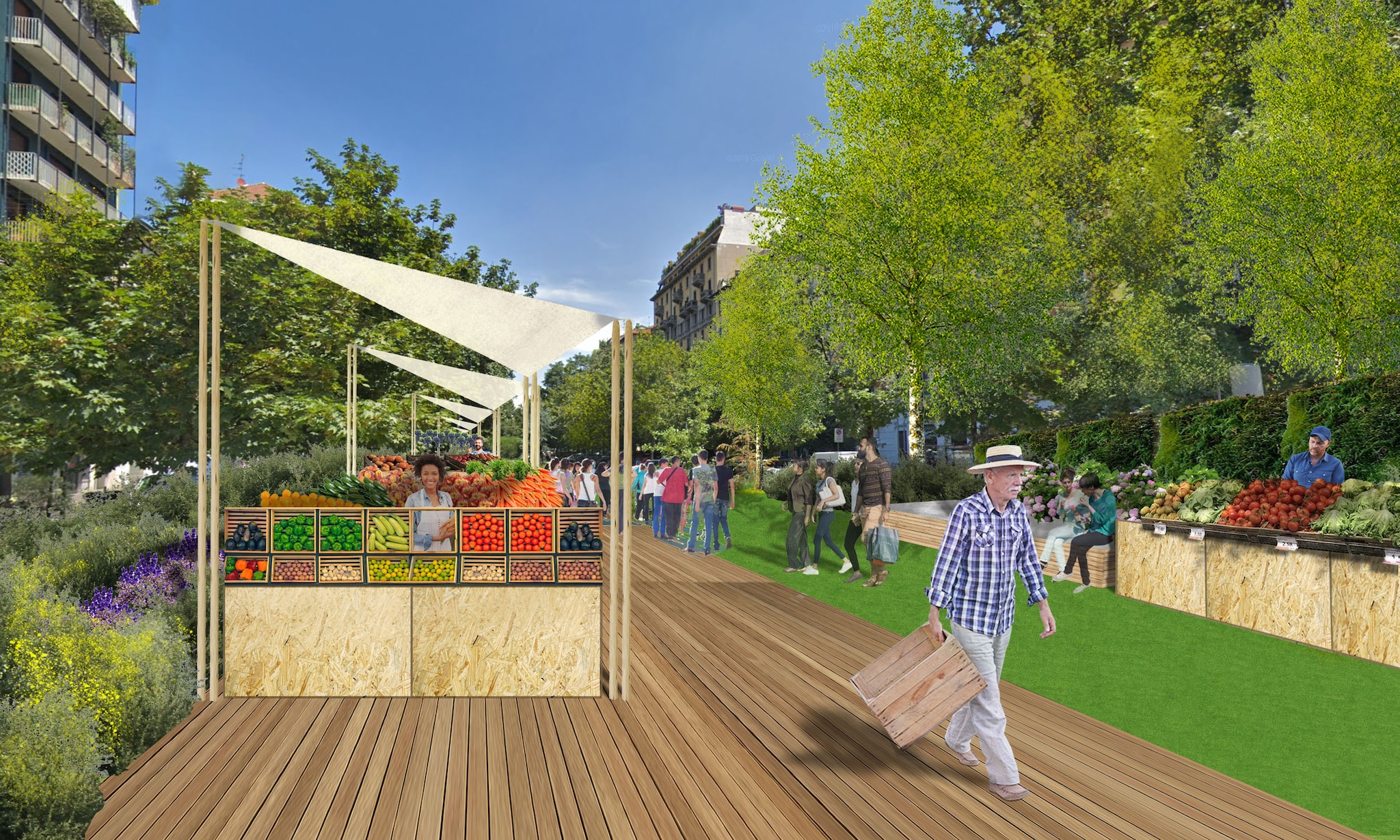
This reflection, Sandigliano tells me, was inspired by Orizzontale’s work on how public space, which the lockdown turned into a place of contagions, can become a place of well-being, and also by having explored and reimagined a context that is familiar to him since he had lived for a couple of years in the area that from the Porta Romana arch reaches the area of the old Spanish Walls. For his project, he’s redesigned the area through agriculture. Sandigliano has worked at the same time on photos, images, and text on the HP Envy – “besides the touch screen, I found the keyboard to be very comfortable”, adding that he also appreciated the ability of the computer to easily manage multiple applications at the same time.
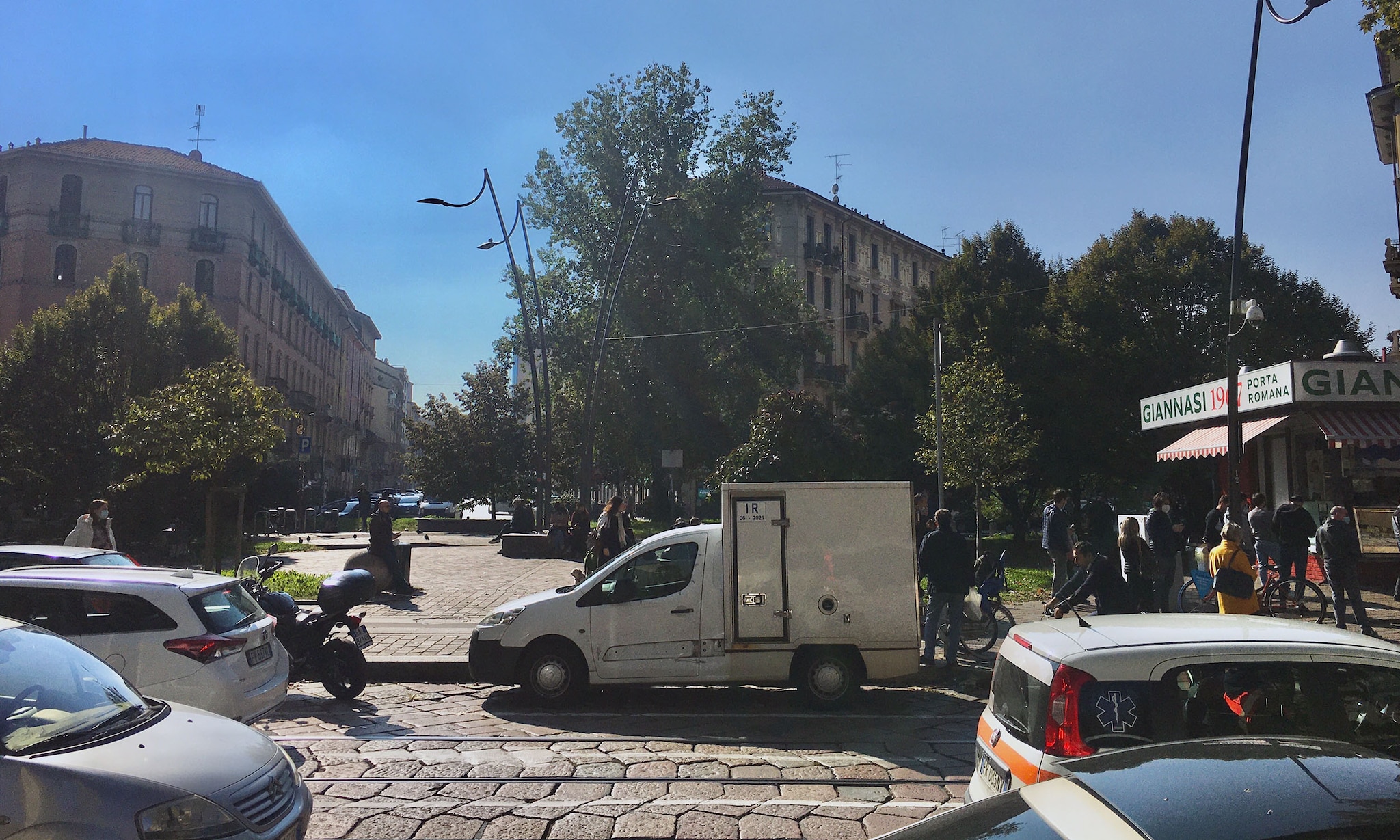
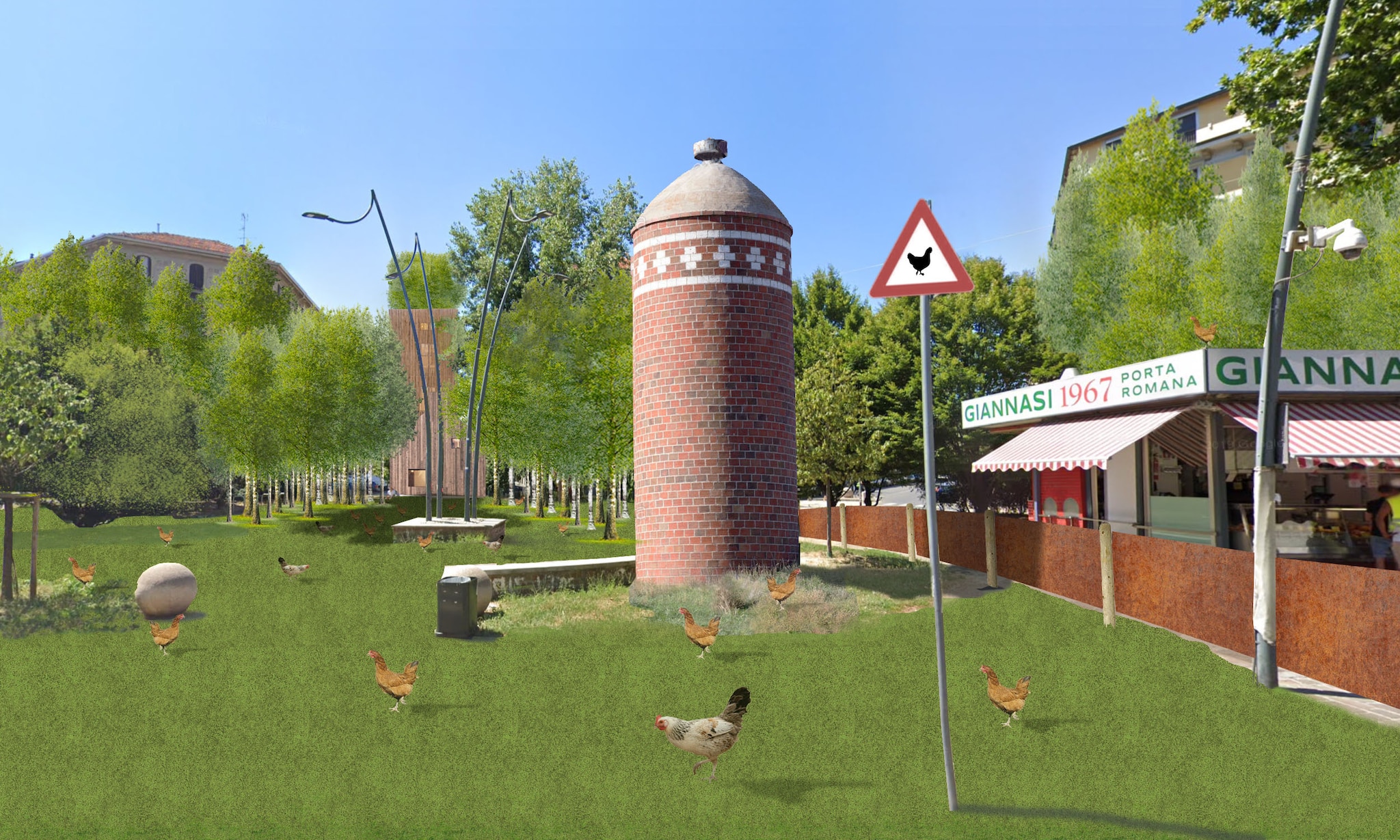
The designer, who was born in 1992, contributed to the Journal with Urban Factory, a speculative project that imagined what could happen if wheat cultivation was reintroduced in the cities. Teo, who is originally from Biella, a small town at the foot of the Piedmontese Alps, says he has always had a green thumb, but it only was a “Sunday hobby”, as he defines it, and only recently he thought of introducing gardening as a leading element in his work as a designer. He tells me of how for him nature is a source of inspiration to reactivate the emptiness of the city, while in Milan the use of greenery and its introduction in architectural projects often seems almost the result of a marketing strategy, the aesthetic addition of a city of fashion that reconsiders the floral element as if plants were a hyper-contemporary decoration rather than the vector of an integrated thought that brings back nature in a truly sustainable urban space. The designer compares this to a fruit that is beautiful to look at, with perfects shapes and brightly colored but is not good and nutritious at all.
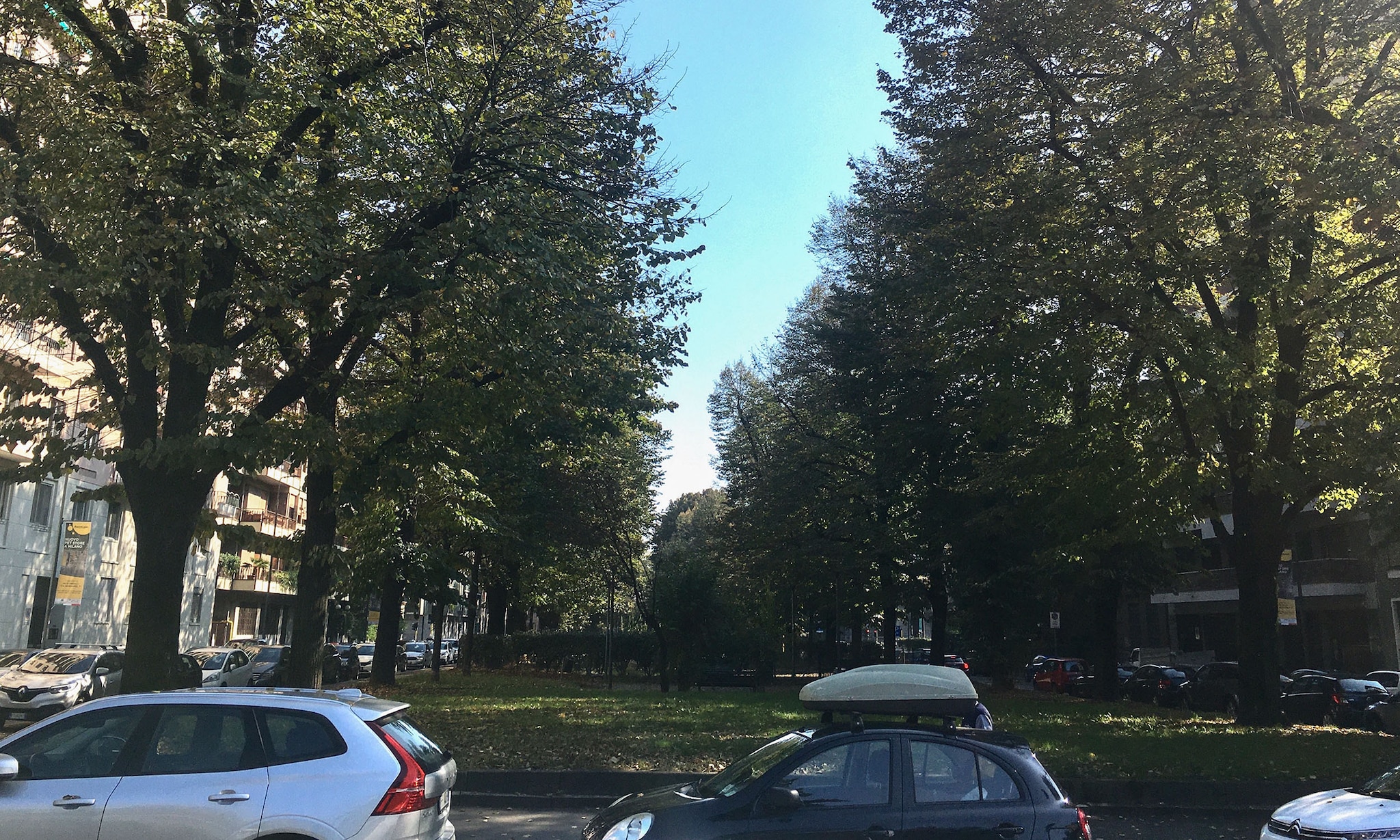
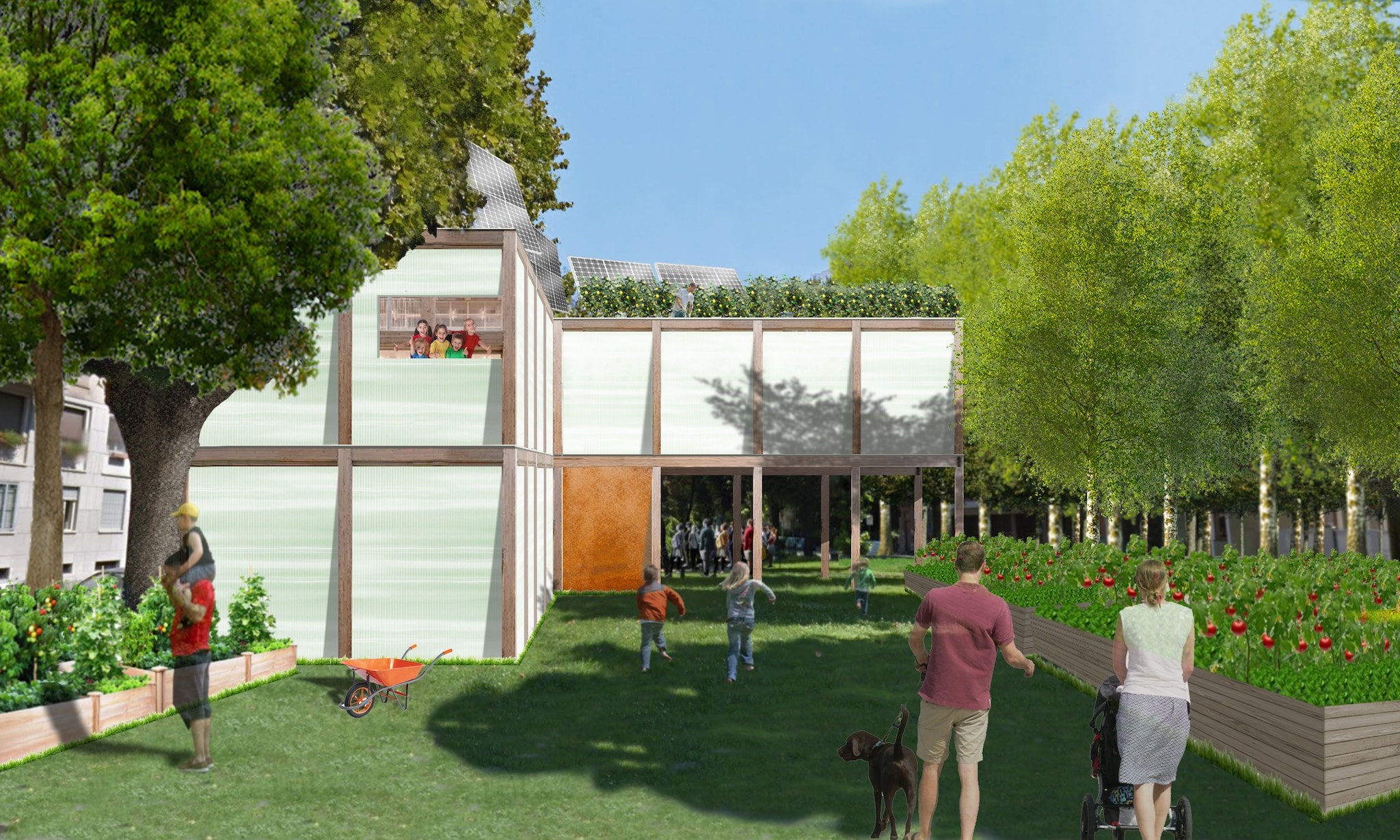
“We need to rethink wellbeing, and Milan could implement many solutions,” he says. And we virtually find ourselves in the Borgo di Porta Romana (Porta Romana Village), of which the designer, with his trusted HP Envy, has drawn some sketches directly on the photos taken during the exploration of the neighborhood, to show, as he explains, “how to reactivate the voids”, that is, what Marc Augé called non-places. The result is a speculative project – “but it’s feasible” – in which crops are brought back into the urban fabric, “because perhaps the solution is already before our eyes”: 50 thousand square meters to be dedicated to agriculture, with vegetable gardens and markets, and Giannasi, an urban poultry house that has become a city icon, transformed into a green area, with chickens roaming freely on the grass. A piece of the city of the future where the ties between citizens are built and strengthened through relationships and activities. A city of the future with a more sustainable lifestyle.
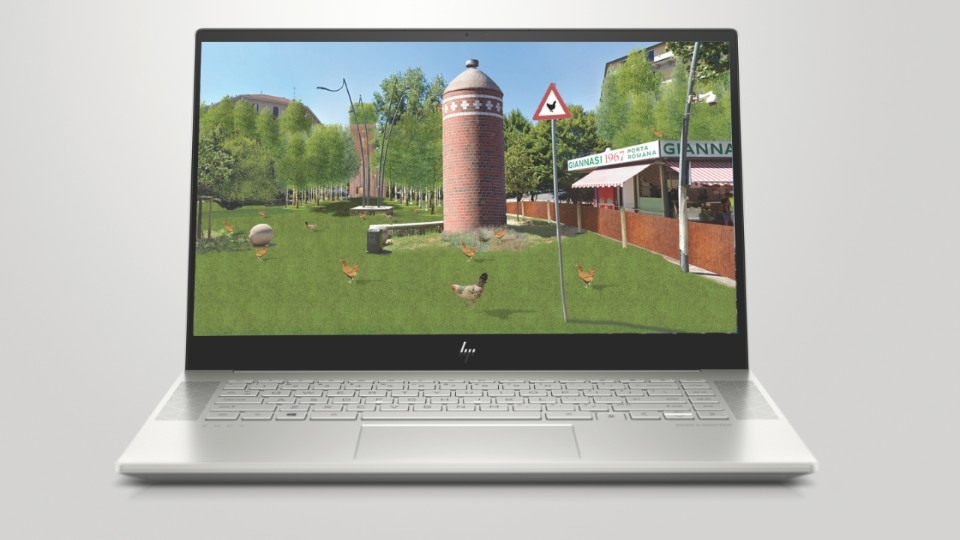
The dance of the non-places
“What scares me the most is the possibility that this distance will persist even when the emergency is over.” This is what Camilla Ferrari told me via WhatsApp at the end of March while commenting on the home-made video with which she had contributed to the Journal. Camilla had gotten out of her house to carry out a project, after a lockdown that had lasted since the beginning of that month. She had visited the deserted center of Milan, full of empty streetcars lined up like ghosts. In a world that had suddenly become hostile to her, a traveler for passion and necessity, the rediscovery of home seemed an almost obligatory step and photographing it was a way to find some comfort. At the same time, she had associated strong symbolic meanings to the lockdown in stark contrast with our everyday life – physical closeness and slowness, which have always been a necessary condition for her job.
Many things have changed since March. Also in Camilla’s life. She shows me on her cell phone the picture of an apartment not far from where we meet. It is a large studio illuminated by a beautiful light, and it is her third home since the beginning of the pandemic. Being used to traveling at least six months a year, Camilla doesn’t have her own via del Mandrione or Porta Romana district. For this creative relay race, she took from Teo Sandigliano the idea of the archipelago of the non-places, and decided to explore it, starting her research with a phrase from Orizzontale: “everything has changed, but maybe nothing has changed”. She spent the last few days between subway stations and shopping malls, in places where “everybody is in the same place, and nobody is in the same place”. The vertigo of alienation is amplified by the ubiquity of the face masks, which make us all anonymous. Her fingers dance between keyboard and touch screen with the elegance of an antelope as she reorganizes in real time and directly on the HP Envy screen a few pieces of video on the colorful grid of Premiere. She is showing me the skeleton of the video she is working on – “perhaps the longest video I have ever edited”. The final result is three full minutes to live and relive at a very high volume, in a loop in which moving images and sounds come together and overlap, in an exploding choreography of references and details. An ending that is also the beginning.
I remember that, during a previous conversation with Camilla, I was struck by a word she had used – “proxemics”, which is the science that studies space or distance as a communicative fact. In the theater of the non-places, the figures she captures for a few seconds are the protagonists of an unexpected dance, made of long waits and hasty passages of groups of people “who, like clouds, come and go”, but also of those small gestures with which humans start talking to each other again, to contact each other, to approach each other, to hear and make themselves heard. It is the new proxemics of social distancing, of the human beings who start to communicate again not only with words or via Zoom, as they have done for months – they start communicating again with their loved ones as well as with strangers. “I felt like an emotional surveillance camera,” she says.
In the crowded shopping malls – “which is something I wasn’t expecting”, she observes –, these places that are all the opposite of “neighborhood life”, Camilla rediscovers above all humanity, a sine qua non condition for the existence of the city, and collects in a video made of lights and above all sounds a range of emotions and relationships that start imposing themselves in this context of alienation, in the new distances imposed by the pandemic. And this is where the opportunity of a new future for the cities is created – cities that we used to go through carelessly, cities that die and are reborn for the human beings and for all those who live in them, cities where everything has changed without actually changing and where, however, “our dance does not stop.”
The full version of Camilla Ferrari's video. It is advisable to watch it several times, in sequence, at the maximum audio volume.


